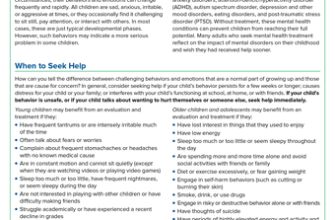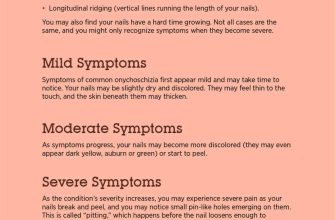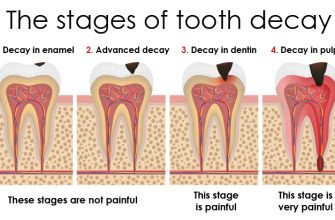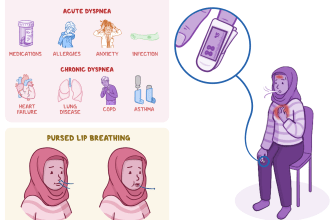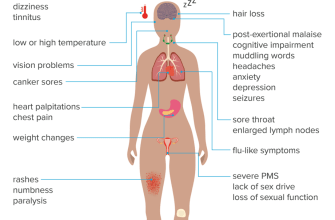Joint laxity, also known as hypermobility or joint flexibility, refers to the ability of a joint to move beyond its normal range of motion. While some individuals may consider this a desirable trait, excessive joint laxity can lead to joint instability and various complications. In this article, we will explore the causes of joint laxity and discuss effective treatment options.
Understanding Joint Laxity
Joint laxity occurs when the ligaments that hold a joint together are loose or weak, allowing for excessive movement. Ligament laxity is often genetic and can be present from birth. It is commonly seen in individuals with connective tissue disorders such as Ehlers-Danlos syndrome and Marfan syndrome.
Loose joints can affect any joint in the body, but it is most commonly observed in the knees, elbows, shoulders, and wrists. While joint hypermobility syndrome is a relatively common condition, it can cause significant discomfort and impact daily activities.
Causes of Joint Laxity
There are several factors that contribute to joint laxity:
- Genetics: As mentioned earlier, joint laxity can be inherited. If one or both parents have loose joints, there is a higher likelihood of their children having the same condition.
- Connective Tissue Disorders: Conditions such as Ehlers-Danlos syndrome and Marfan syndrome affect the body’s connective tissues, including ligaments. This can lead to joint laxity and other related symptoms.
- Hormonal Changes: During pregnancy, hormonal changes can affect the stability of joints, leading to increased joint laxity. Similarly, hormonal fluctuations during the menstrual cycle can also contribute to joint instability.
- Repetitive Stress: Engaging in activities that put excessive stress on the joints, such as gymnastics or ballet, can lead to joint laxity over time.
Symptoms of Joint Laxity
Individuals with joint laxity may experience the following symptoms:
- Joint pain: Loose joints can cause chronic pain, especially after physical activity or prolonged periods of standing.
- Joint instability: The affected joints may feel unstable or give way easily, increasing the risk of injuries such as sprains or dislocations.
- Reduced joint strength: Weak ligaments can result in decreased joint strength, making it difficult to perform certain movements or activities.
- Joint swelling: Inflammation and swelling may occur in the affected joints, particularly after strenuous exercise.
- Impaired balance: Joint laxity can affect balance and coordination, leading to an increased risk of falls.
Treatment Options for Joint Laxity
While joint laxity cannot be completely cured, there are several treatment options available to manage the symptoms and improve joint stability:
Physical Therapy
Physical therapy plays a crucial role in strengthening the muscles surrounding the affected joints. A physical therapist can design a personalized exercise program to improve joint stability, increase muscle strength, and enhance overall flexibility. These exercises may include:
- Strengthening exercises: Targeting the muscles around the joint to provide additional support.
- Range of motion exercises: Focusing on improving joint mobility without compromising stability.
- Balance training: Enhancing proprioception and coordination to reduce the risk of falls.
Bracing or Taping
Using braces or taping techniques can provide external support to the affected joints, reducing excessive movement and improving stability. These supportive devices can be particularly helpful during physical activities or sports.
Medication
Over-the-counter pain relievers, such as nonsteroidal anti-inflammatory drugs (NSAIDs), can help alleviate joint pain and reduce inflammation. However, it is important to consult a healthcare professional before starting any medication.
Lifestyle Modifications
Adopting certain lifestyle changes can also contribute to managing joint laxity:
- Avoiding high-impact activities: Engaging in low-impact exercises, such as swimming or cycling, can help protect the joints while maintaining overall fitness.
- Using proper body mechanics: Practicing good posture and body mechanics can reduce stress on the joints and minimize the risk of injury.
- Wearing supportive footwear: Choosing shoes with good arch support and cushioning can provide additional stability to the feet and ankles.
Surgical Intervention
In severe cases of joint laxity where conservative treatments fail to provide relief, surgical intervention may be considered. Surgical procedures aim to repair or reconstruct the damaged ligaments, restoring joint stability.
Conclusion
Joint laxity, or hypermobility, can be a challenging condition to manage. However, with the right treatment approach, individuals with joint laxity can experience improved joint stability and reduced pain. Physical therapy, bracing, medication, lifestyle modifications, and, in some cases, surgery can all play a role in managing the symptoms associated with joint laxity. If you suspect you have joint laxity or are experiencing joint pain and instability, it is important to consult a healthcare professional for an accurate diagnosis and appropriate treatment plan.

